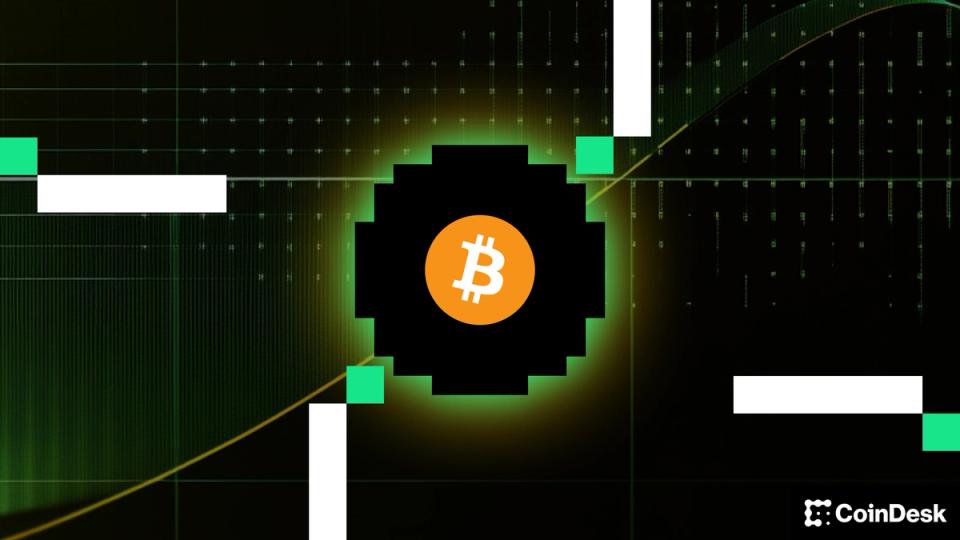The cryptocurrency industry is rapidly moving towards mainstream acceptance. In the United States, the era of regulatory hostility post-Sam Bankman Fried is fading as the fall elections approach. Both Democrats and Republicans recognize that over 50 million of their constituents are now crypto investors. Recent polls indicate that voters desire the U.S. to take a leading role in blockchain technology, the foundation for cryptocurrencies and emerging applications.
Bitcoin ETFs: A Game Changer
Earlier this year, the SEC approved ETFs linked to the bitcoin spot market, marking a pivotal moment. This approval has led to one of the most successful ETF launches in history, amassing nearly $16 billion in net inflows by early July. The narrative surrounding bitcoin as digital gold resonates strongly with investors, allowing them to trade these ETFs like any other security from their brokerage accounts.
Ethereum ETFs on the Horizon
The spotlight is now shifting to Ethereum, with expectations that the SEC will soon approve spot ETFs for ether. Ethereum boasts a market capitalization of nearly $400 billion and generates approximately $1 billion in annual income. However, its narrative is more complex than bitcoin's straightforward digital gold story. Ethereum has been described variously as "ultrasound money," "digital oil," and the "internet bond." What remains clear is that ether has a stable supply and utility, making it appealing to investors eager to explore the next phase of cryptocurrency ETF investments.
The Unique Appeal of Ether
Unlike bitcoin, Ethereum supports a vast ecosystem of decentralized applications that utilize smart contracts—automated code that executes transactions under certain conditions. This functionality drives demand for ether, as users need it to pay for transaction fees, known as gas. Additionally, ether currently offers a yield of 3-4%, attracting investors looking for returns beyond mere price appreciation.
Yield vs. Risk
While the launch of the spot ETF for Ethereum is anticipated, investors will forego the staking yield that comes from participating in Ethereum’s network. The U.S. regulators have not permitted this, raising questions about the overall attractiveness of the ETF. Investors should be aware that staking comes with risks, including "slashing", where assets can be lost due to negligence.
Despite these risks, the infrastructure supporting Ethereum—such as enterprise solutions and liquidity options—is rapidly evolving. Investors need adequate disclosures about these risks to make informed decisions.
As the ether spot ETF prepares to launch, the question remains: Will it capture the imagination of investors as bitcoin has, or will it struggle to find its footing? The answer may lie in how traditional investors adapt to the underlying asset and the broader blockchain-enabled economy that awaits.
Author: Christopher Perkins, Managing Partner and President of CoinFund.








Comments
Join Our Community
Sign up to share your thoughts, engage with others, and become part of our growing community.
No comments yet
Be the first to share your thoughts and start the conversation!